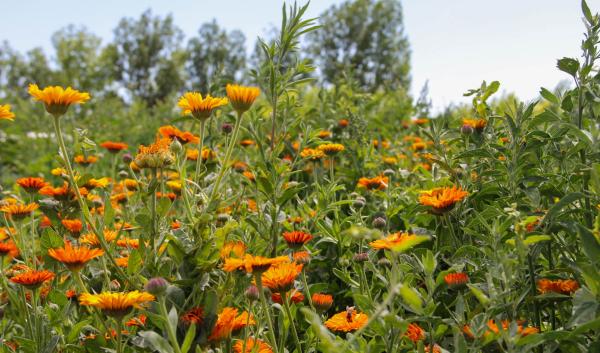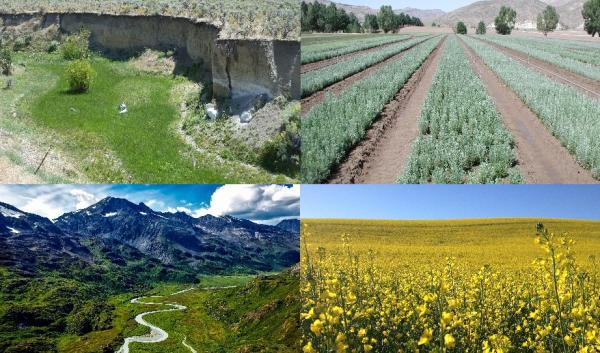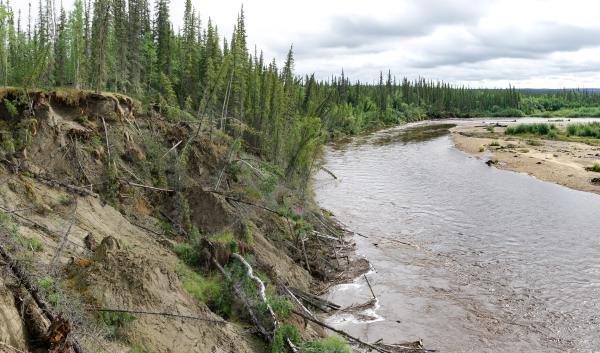Estimated reading time: 7 minutes
Key points:
- Climate change affects recreation in the Northwest in complex ways.
- Warmer temperatures, increased drought, wildfires, and declining snowpack affect the availability of recreation opportunities.
- Increases in warm-weather recreation will likely be greater than decreases in snow-based recreation, leading to an overall increase in recreation participation.
- Individuals can adapt to changes in recreation by deciding if, when, where, and how they recreate.
- Land managers and partners can use adaptation tactics to reduce the negative effects of climate change on recreation.
- Collaboration and organizational flexibility will facilitate adaptation to changing recreation patterns.
Recreation in the Northwest
Outdoor recreation is an integral part of life for Northwest residents and a reason why many choose to live in the region. Running, fishing, hiking, and foraging are all examples of activities that recreationists in Idaho, Oregon, and Washington enjoy in their free time. These activities can enhance individual mental and physical well-being and residents may gain a “sense of place” from recreation, developing personal ties to specific locations. Recreation often occurs on public lands (e.g., national forests or national parks). In 2019, over 1.4 million visitors recreated on the Boise National Forest alone. Beyond individual benefits, this level of participation in recreation bolsters state and local economies (Table 1). For example, Washington state ranked third across all 50 states in expenditures on tent camping, hiking, and climbing.
| State | Outdoor Recreation Jobs in 2022 | % of State GDP |
|---|---|---|
| Idaho | 35,530 | 3.1 |
| Oregon | 72,737 | 2.5 |
| Washington | 121,446 | 2.7 |
How is climate change affecting recreation?
Climate change in the Northwest is altering daily temperatures, rain and snow patterns, and disturbance events, such as wildfire and drought. These effects influence recreation directly and indirectly. Although climate change presents considerable challenges, warmer temperatures are likely to increase the amount of recreation occurring on national forests and other public lands.
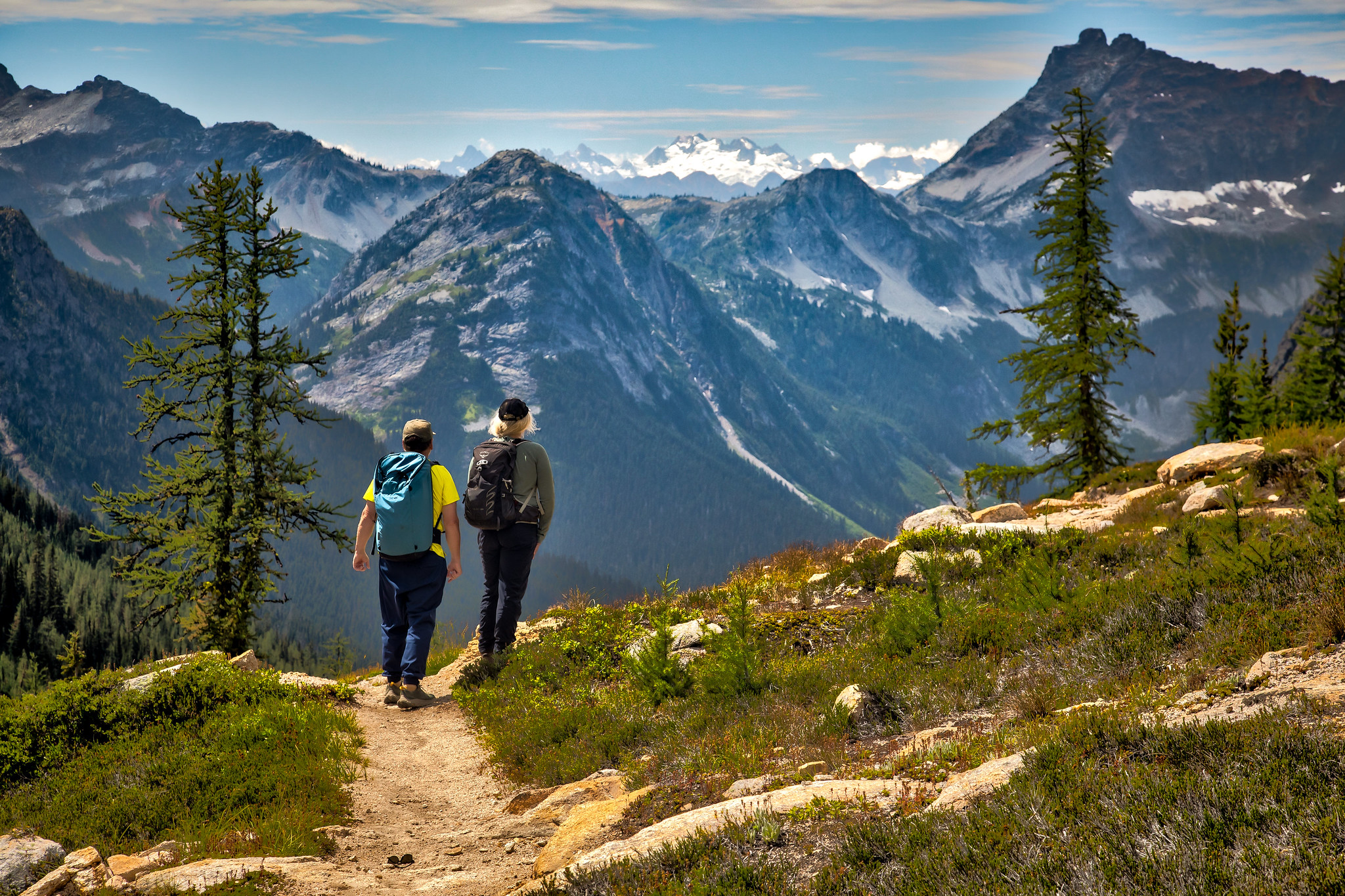
Recreation encompasses a wide variety of activities including hiking, biking, fishing, wildlife viewing, and more (Table 2). To understand the effects of climate change on recreation, scientists and resource managers often categorize recreation activities as follows: warm-weather activities, snow-based activities, wildlife-related activities, water-based activities, and the gathering of forest products (Table 2). Primary recreation activities differ across and within states in the Northwest.
Climate change is causing warmer temperatures in the Northwest. This means individuals are likely to have longer seasons to enjoy activities like swimming and boating, but less opportunity for winter sports like skiing. Many activities, such as skiing in the winter, can only be done when conditions are optimal. If conditions are not optimal, recreationists might choose to do some of their favorite activities at different times, in different places, or skip them altogether.
More frequent and intense weather events associated with climate change are making it harder to enjoy outdoor activities in many places. Wildfires may damage trails and campgrounds, and smoke can limit scenic views and visibility. Flooding after wildfires may limit public access and damage infrastructure, such as restrooms and cabins. Climate change is also causing more rain to fall instead of snow in winter, especially at higher elevations. More winter rain leads to higher peak flows in rivers, and associated flooding may damage trails and roads used to access recreation. Higher winter soil moisture caused by less snow and more winter rain may increase the risk of landslides, further disrupting access to outdoor activities.
| Recreation (type, examples) | Primary Climate Change Effect |
|---|---|
Warm-weather activities
|
Increasing temperatures may lengthen the warm season and expand opportunities for warm-weather activities. |
Wildlife-related activities
|
Warmer temperatures may increase participation and decrease fish catch rates. |
Water-based activities
|
Warmer temperatures may lengthen the water-based recreation season and increase demand. |
Gathering forest products1
|
Warmer temperatures may increase participation and the availability of some products with longer growing seasons, although wildfire and drought may negatively affect forest products. |
Snow-based activities
|
Increasing temperatures and less snow limit the window for snow-based activities. |
Climate change is...
Creating more demand for warm-weather recreation with increasing temperatures
Warmer temperatures may lead more recreationists to look for ways to “escape the heat” on public lands through water-based recreation or other activities. Warmer temperatures during the shoulder seasons (spring and fall) may also increase the number of individuals recreating during non-traditional times of year. Earlier snowmelt and later snowfall make other activities, such as hiking, possible for a longer period.
Increasing the negative effects of fire and smoke on recreation
Climate change is increasing the frequency and extent of wildfire in Oregon, Washington, and Idaho. Wildfires can significantly alter the appearance of landscapes, which may affect visitors’ sense of place. Fires can also limit access to campgrounds and roads, and burn infrastructure. Burned trees that remain standing in recreation areas can present a safety issue and may lead to campground closures for years after a wildfire. In addition, recreationists may avoid areas with heavy wildfire smoke because of health concerns.
For example, in 2022, multiple fires burned over 17,000 acres in the Pasayten Wilderness in the Okanagan-Wenatchee National Forest in north-central Washington. The 531,000-acre wilderness area has over 600 miles of trail and includes a 32-mile section of the Pacific Crest Trail, providing a more remote recreation experience. The entire Freezeout Creek Basin, multiple trails, and numerous campgrounds were closed because of the 2022 fires, including portions of the Pacific Crest Trail and Pacific Northwest Trail.
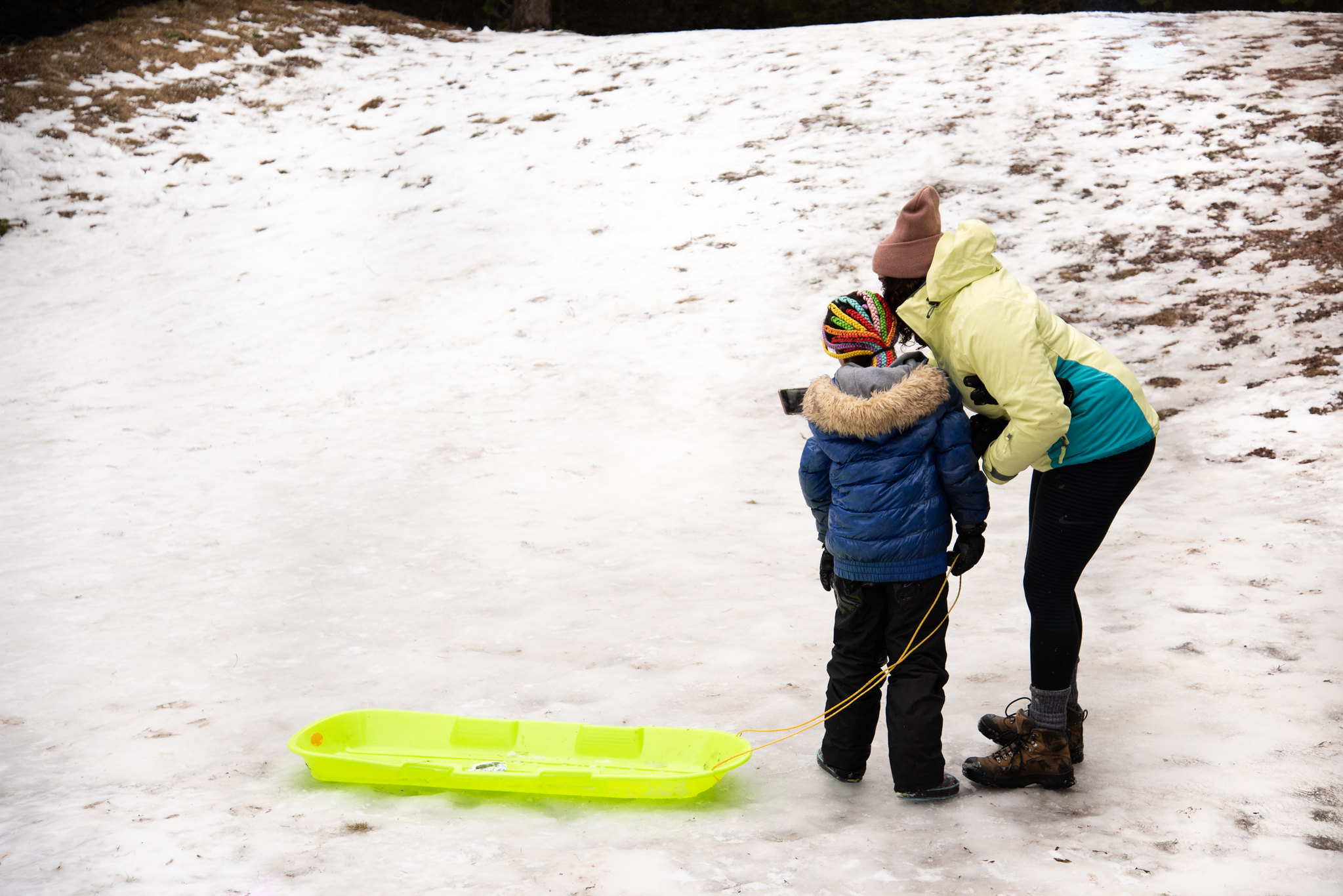
Decreasing opportunity for snow-based recreation
Climate change is making winter snowpack less reliable for recreation in the Northwest. As temperatures increase and more precipitation falls as rain rather than snow, snowpack will decline. Snow may start falling later in the year and melt earlier. The average skier may ski fewer days in a year or ski in busier areas, and the season for other snow-based activities such as snowmobiling may be shorter.
For instance, the year 2015 was very warm with minimal snow across much the Northwest. The abnormal “snow drought” conditions were driven largely by warm winter temperatures, which shortened the winter recreation season and limited municipal water use. Multiple ski resorts in the Northwest, including those at higher elevations, such as Timberline Lodge and Mount Hood Meadows, received significantly fewer visitors. The Summit at Snoqualmie, a ski area in Washington state, closed mid-February in 2015.
Decreasing opportunity for anglers targeting cold-water fish species
Warmer temperatures are restricting suitable habitat for cold-water species to higher elevations. Warmer stream temperatures make lower-elevation streams inhospitable for cold-water fish species like salmon. Lower summer river levels also contribute to lower fish populations and declines in fishing for cold-water fish species.
How can we adapt to climate change effects on recreation?
Climate change presents many challenges to recreationists and land managers in Idaho, Oregon, and Washington, but individuals, agencies, and partners can adapt to these challenges. Studying recreation allows us to examine how land managers and organizations may adapt their management strategies, and how individuals may adjust their behavior to find and participate in recreational activities.
Recreationists may adjust...
- Their decision to participate or not (“if”). For example, hikers may decide against hiking on summer days with extremely hot temperatures.
- When they participate. Individuals may adjust the timing of recreation. For example, kayakers may avoid early-season kayak trips when peak river flows are higher and potentially dangerous.
- Where they recreate. For example, as winter snowpack decreases in low-elevation areas, skiers may adjust by seeking out higher-elevation areas or areas farther away.
- What activity they partake in (“how”). For example, downhill skiers may cross-country ski to take advantage of snow at lower-elevation sites.
Not all recreationists can easily adapt in this way. Driving longer distances to reach recreation sites takes more time and money, and substituting activities can be expensive. Individuals with limited incomes and resources may not be able to make these adjustments.
How can organizations and land managers adapt?
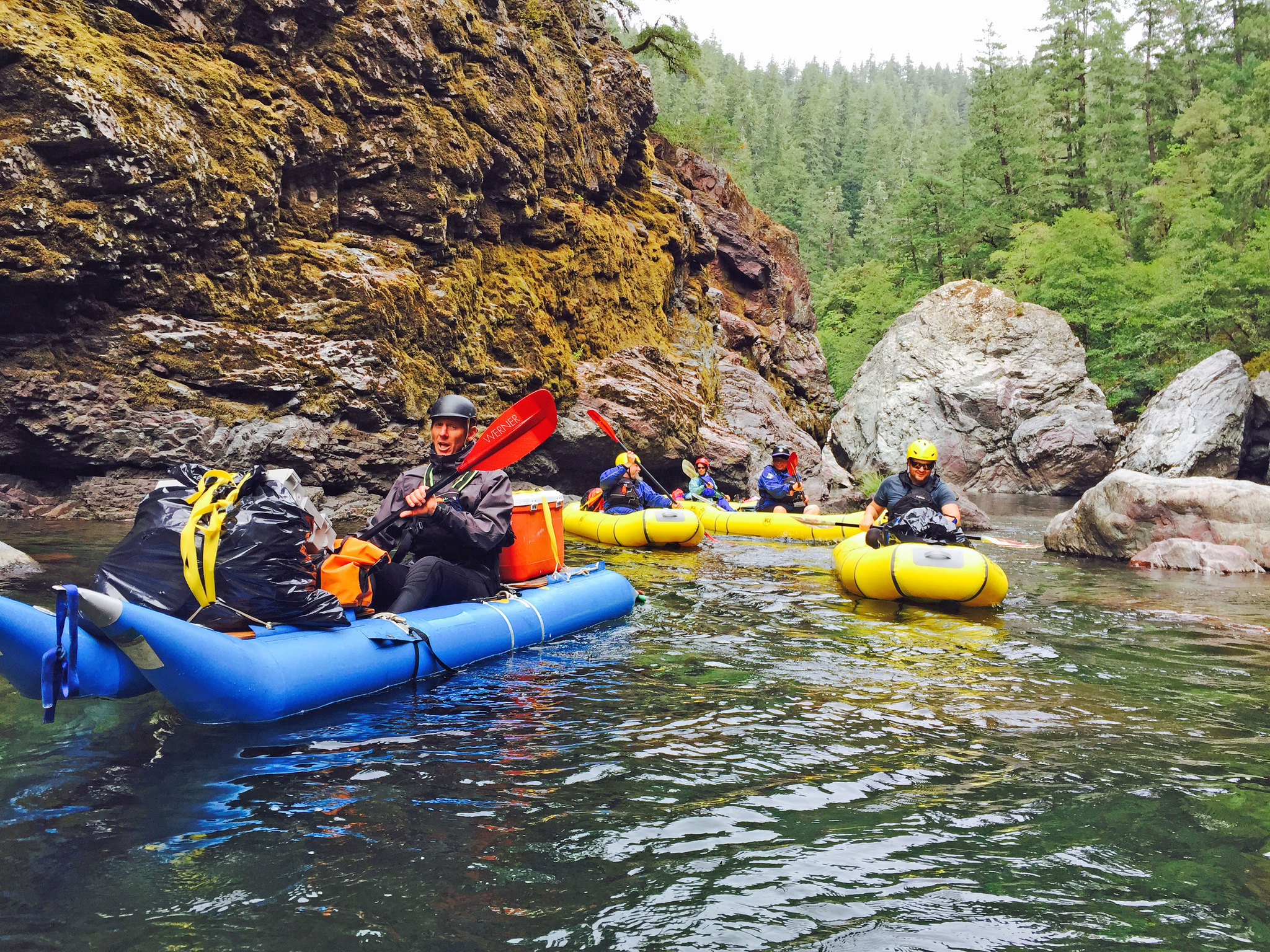
Organizations and land managers can...
- Alter the timing of staffing to accommodate more visits during shoulder seasons.
- Develop creative budget strategies to support longer seasons (e.g., grants, partnerships, or parking fees at peak times).
- Adjust the timing of road and facility openings to either allow or discourage use.
- Collaborate with partners to assist with management (e.g., longer trail systems may traverse multiple types of land ownership and require partnering with non-profit organizations for trail upkeep after disturbances).
- Diversify recreation offerings to offset declines (e.g., a ski resort may invest more in summer recreation such as mountain biking).
- Manage public expectations through effective communication and education (e.g., increasing communication around the health risks of algal blooms in lakes).
- Harden existing infrastructure and plan new infrastructure with climate change in mind (e.g., building new campgrounds in areas with shade).
- Design measures for resource protection in areas where use may increase (e.g., increasing revegetation near high-traffic trails).
While organizations and land managers may adopt similar adaptation strategies to those above, they might also develop new approaches. Regardless of the specific actions taken, ongoing collaboration with communities and other agencies will be crucial to ensuring the success of adaptation actions and the continued availability of recreational opportunities.
Climate change is affecting recreation in the Northwest, and these effects are likely to vary across regional geographies and activity types. Recreationists, organizations, and land managers can—and are—adapting in various ways. Collaborative, climate-informed recreation management will become increasingly important to adapt to changes in use patterns, minimize negative effects to public lands, and support the availability of safe recreation opportunities. There are many ways to adapt, and recreational activities can continue to be part of daily life and support economies across the Northwest for decades to come.
-
Northwest Adaptation in Action
This collection highlights the work of individuals who are implementing climate adaptation and mitigation practices on the ground.
-
Northwest Vulnerability Assessments
Vulnerability assessments for agriculture, forestry, rangelands, and Tribal Nations in the Northwest.
-
Climate Change Impacts in the Northwest
A summary of current and expected impacts due to climate change in the Northwest.


